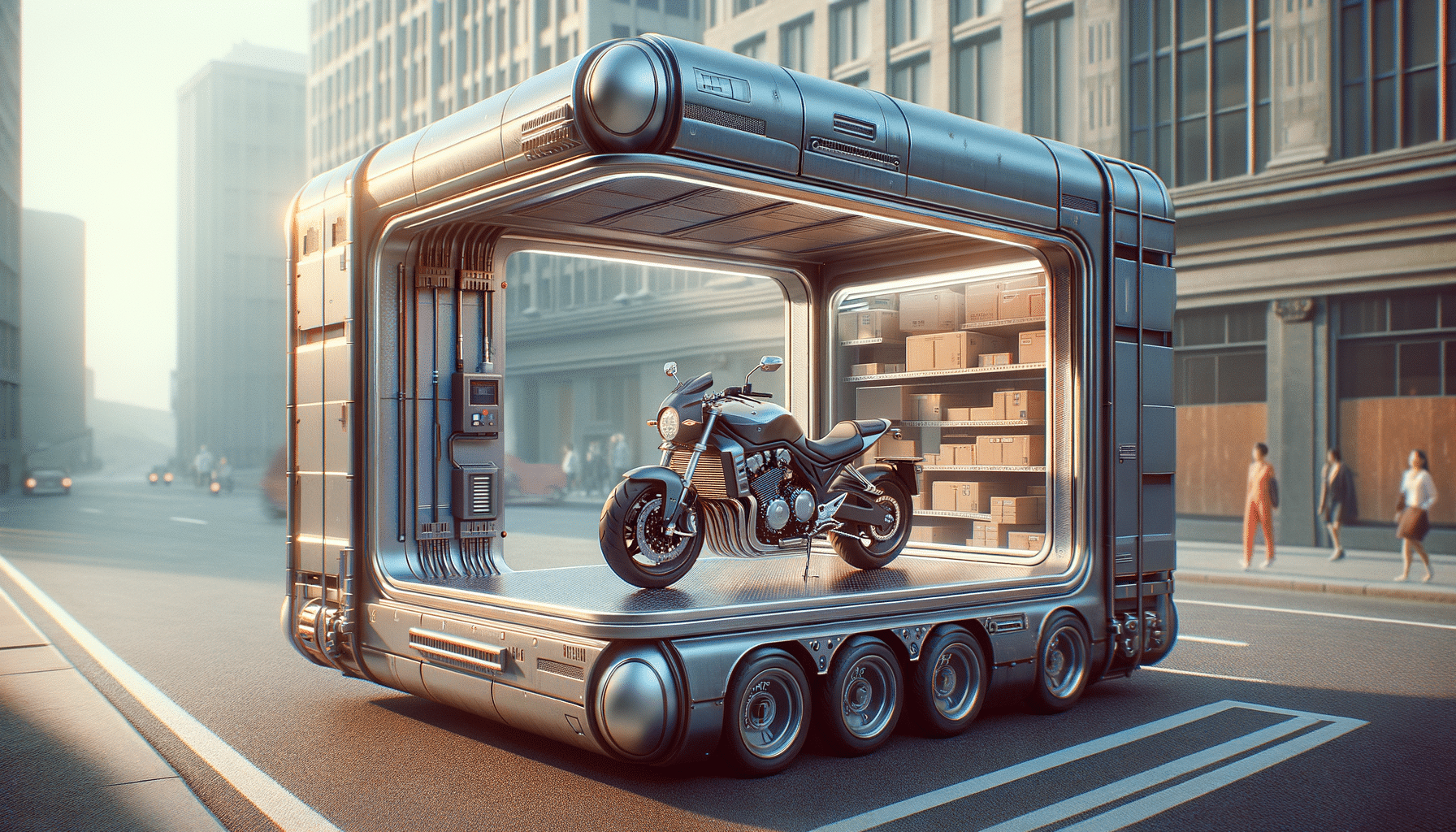
7 Things Seniors Should Know Before Installing A Stair Lift
Understanding the Basics of Stair Lifts
Stair lifts provide a practical solution for seniors facing mobility challenges within multi-story homes. These devices are motorized chairs that travel along a rail mounted to the staircase, allowing users to move safely between floors without the strain or risk of climbing stairs. For many older adults, a stair lift can mean the difference between staying in their long-time residence and needing to move to a single-level home or assisted living facility. Before choosing a stair lift, it’s essential to understand the various types available, which include straight, curved, and outdoor models. Each type is designed to meet different structural needs and user preferences, making it important to assess your home’s layout and your personal requirements.
Stair lifts are typically powered by either direct current (DC) batteries or alternating current (AC) from a home’s electrical system. Battery-powered models offer the advantage of continued operation during a power outage, which can be a critical feature for seniors living alone. Additional features such as swivel seats, safety belts, and remote controls contribute to ease of use and added security.
Evaluating the Condition of Your Stairs
Before installing a stair lift, a thorough evaluation of your staircase is necessary. Not all stairways are alike, and the condition, dimensions, and design of the stairs will influence the type of lift suitable for your home. Straight staircases are generally the simplest and most affordable to accommodate. However, if your stairs have curves, landings, or are unusually narrow, a custom solution may be required.
Important factors to assess include:
- Staircase width – typically, a minimum of 29 inches is needed for proper installation.
- Condition of the stairs – solid, well-maintained steps are needed for safe rail attachment.
- Obstructions – handrails, light switches, or doorways near the staircase may need repositioning or removal.
Professional installation teams often conduct free assessments to determine the feasibility of installing a stair lift in a specific location. This part of the process is crucial to ensure structural compatibility and user safety.
Considering Safety Features and User Comfort
Safety is a top priority when selecting any mobility solution, and stair lifts come with a variety of features designed to protect the user. Most models include seat belts, footrests, and swivel seats to help users get on and off the lift more safely. Some stair lifts also offer obstruction sensors, which automatically stop the lift if an object is detected on the stairs.
Comfort is another critical aspect. Since the user will rely on the stair lift regularly, it’s important to choose a model with a well-padded seat, adjustable armrests, and intuitive controls. Additional options like folding rails and seats help conserve space when the lift is not in use, making it a better fit for homes with limited stairway clearance. Look for these comfort and safety features:
- Swivel seat for easier transfers
- Adjustable seat height and armrests
- Easy-to-use controls with large buttons or toggles
- Battery backup in case of power failure
Making sure that the stair lift meets both safety and comfort standards can significantly improve quality of life for seniors and reduce worries for family members.
Weighing the Cost and Financial Options
The cost of installing a stair lift can vary significantly based on the type of staircase, features selected, and whether customization is required. Straight stair lifts tend to be more affordable, while curved or multi-landing models may require custom rails and more labor-intensive installation. On average, homeowners can expect to pay several thousand dollars for a new installation, including equipment and setup.
Fortunately, there are several ways to manage the cost:
- Check with local health agencies for potential subsidies or assistance programs.
- Explore financing plans offered by stair lift providers.
- Look into rental or refurbished units, which may offer cost savings.
- Review homeowner insurance or long-term care policies for possible coverage.
Understanding the financial aspects ahead of time allows families to budget appropriately and avoid unexpected expenses. It’s also helpful to compare quotes from multiple providers to find a solution that meets both needs and budget.
Planning for Long-Term Use and Maintenance
When investing in a stair lift, it’s wise to think long-term. Seniors should consider how their mobility needs may evolve and whether the chosen model can accommodate future changes. Many stair lifts are designed with modular components that allow for adjustments or upgrades as needed. Maintenance requirements are typically minimal, but regular servicing helps ensure continued safe operation.
Key considerations for long-term use include:
- Availability of local service and support
- Warranty coverage and length
- Ease of access for maintenance technicians
- Potential for resale or removal if no longer needed
Establishing a maintenance schedule, such as annual inspections, can prolong the life of the stair lift and reduce the risk of breakdowns. Ensuring that the equipment remains clean, free of obstructions, and in good working order is essential for daily reliability and peace of mind.
Conclusion: Empowering Independence at Home
For seniors looking to maintain independence and mobility at home, a stair lift can be a valuable investment. By understanding key factors such as staircase suitability, safety features, cost, and long-term maintenance, individuals and their families can make well-informed decisions. Installing a stair lift isn’t just about convenience—it’s about creating a secure and accessible living environment that supports aging in place with dignity. Taking the time to evaluate all aspects before installation helps ensure the solution is both practical and supportive for years to come.

